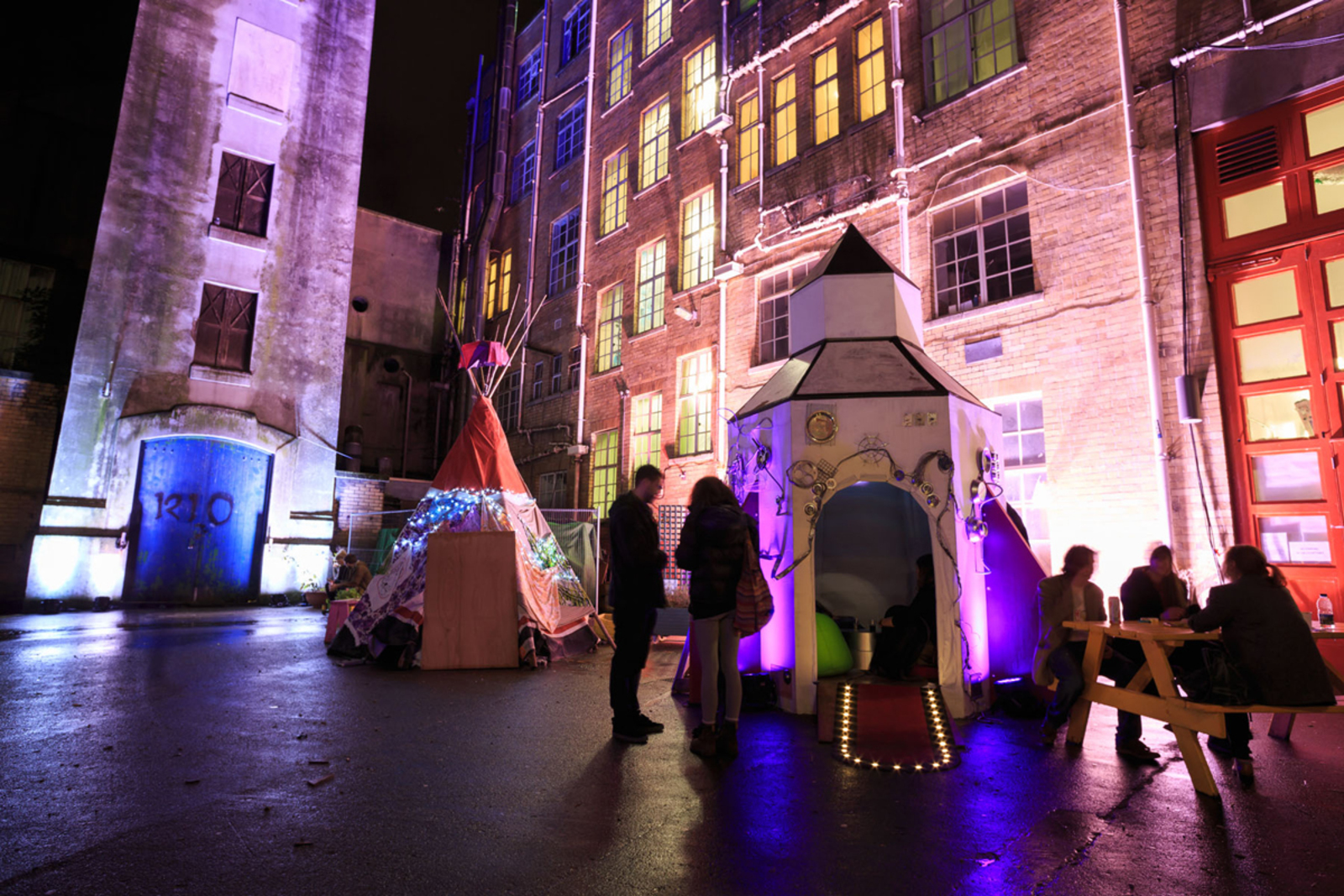Arts Council England has just concluded its National Portfolio investment for the period 2018-22. In the South West of England, this means a commitment of £112 million across four years to 102 cultural organisations, from Bournemouth Symphony Orchestra to Cornwall’s Leach Pottery, Bristol’s Watershed to Bridport Arts Centre.
In the South West, we have sought to invest at scale in places such as Plymouth and Southampton, levered by sustained investment from local authorities and robust higher education partnerships. We have also sought to invest in places of lower engagement, with National Portfolio Organisations for the first time in Torbay, Weston-super-Mare and Gloucester.
I can say with some confidence that the number of artists and organisations making work here is greater than it’s ever been. The inter-relationships within cultural and creative industries are more fluid and dynamic than ever before. Cities such as Bristol are net importers of cultural talent. And towns and cities across the region are hastening to acknowledge that arts and culture is the “rocket fuel” that drives place and identity.
…and yet – the medium-to-long term prognosis for cultural development in South West England is complex. Much of the art is fantastic. The reach and engagement of audiences is broader than ever. But levering investment into cultural activity remains sporadic.
The investment landscape for local government is incredibly challenging. Higher education has an offer to make to the sector, but it won’t be – and shouldn’t be – to provide an alternate grant funding system. Philanthropy is emerging as an important dimension, but is necessarily a long-burn game. The business community recognises cultural development as a driver for growth, but from a Local Enterprise Partnership perspective, it isn’t a sector that provides easy metrics around jobs growth and economic impact.
So that’s a notable feature of our investment for 2018-22 – the development of a “best practice” portfolio which features new and entrepreneurial business models, mergers, social investment and independent museums with sound commercial acumen.
Examples of this include:
- Supporting the merger of Salisbury Playhouse, Salisbury Festival and Salisbury Arts Centre into a single entity, enabling backroom savings to be reinvested into artistic activity
- Making a four-year “roll down” investment in Plymouth’s Ocean Studios, which intends to be self-sustaining by 2022.
- Investing in new activity from Dorset’s Tank Museum and Bristol’s SS Great Britain, levered by the commercial success of their respective business models
These organisations are the outriders of the resilience revolution that the arts and cultural sector will need to embrace over the next few years, not just in South West England, but nationwide.
So the big challenge I’d like to throw down is to ask what relationship higher education in the Great West imagines itself having with arts and cultural organisations over the next decade.
There’s some fabulous best practice out there already, such as the co-investment of the two Bristol universities in Watershed’s Pervasive Media Lab. In similar vein, the REACT hub propelled higher education and cultural entrepreneurs towards each other and catalysed 53 new digital products and experiences.
It’s not all about product. Just as often, partnerships between higher education and cultural organisations can result in an enhanced sense of place. Since the its triumphant hosting of British Art Show 7, Plymouth University has played a central role in that city’s cultural revival, as a core member of the city’s culture board and partner in the iconic Plymouth History Centreproject. Meanwhile, in Southampton, the two universities are actively reinventing the city’s identity through their financial and intellectual investment in the new cultural quarter, and the outreach which will arise from it.
But there is much more to be done, and in a spirit of provocation, I’d like to pose a few questions which might be useful in helping frame future ambition:
- Should higher education consider a more philanthropic approach to investing in the west’s cultural organisations? (I’d suggest “Yes”) What benefits accrue from “soft” investment relative to “hard transactions”? (I’d suggest “stronger HE brands and higher student numbers”).
- Do cultural organisations need to better understand the financial, social and institutional return on investment that higher education might be seeking from engaging with them? (I’d suggest “Yes, definitely”)
- What do STEM-focused universities stand to gain from engagement with arts and culture? (I’d suggest “research value, brand firepower and a crucial lever for widening participation)
- We live in a world where “content” is more fluid than ever before. Are traditionally structured artforms and degrees a vital underpinning to arts and culture, or an unnecessary confinement? (I’d suggest “increasingly the latter rather than the former”).
…all of which is just the tip of the iceberg in terms of the deeper and broader conversation this territory merits. But the benefits are potentially huge – both for the undercapitalised cultural sector and the fiercely competitive higher education marketplace. From an Arts Council England perspective, we’re more than happy to join that conversation.
Phil Gibby is Area Director, South West for the Arts Council England.
Image from The Rooms, a festival celebrating the work produced by REACT. REACT was a collaboration led by UWE Bristol and Watershed, with the Universities of Bath, Bristol, Cardiff and Exeter. Photograph by Max McClure







